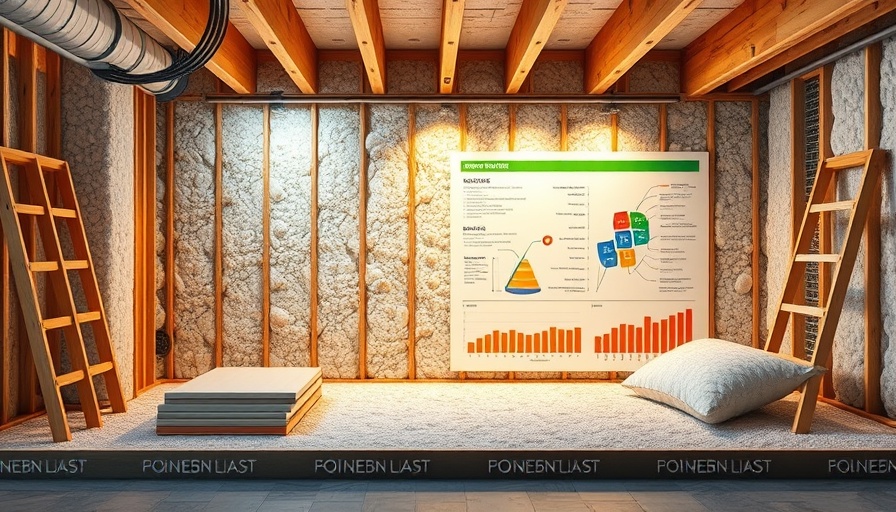
Why Insulation Matters for Your Brooklyn Basement
When it comes to homeownership in Brooklyn, basement insulation is a game changer. As homeowners contend with unpredictable weather patterns and rising energy costs, it’s essential to enhance energy efficiency to protect both their wallets and their living spaces. A well-insulated basement can help maintain a comfortable temperature in winter and prevent unwanted moisture buildup, which can lead to costly mold issues. Moreover, transforming an insulated basement into functional areas, such as home offices or guest rooms, significantly increases property value. Hence, investing in the right insulation materials not only provides immediate benefits but also enhances your home's overall livability and marketability.
Exploring Cost-Effective Insulation Options
Homeowners in Brooklyn have several cost-effective insulation options at their disposal. Each insulation material has distinct attributes suitable for basement installations:
Fiberglass Insulation: An Economical Choice
Fiberglass insulation remains a popular choice among Brooklyn homeowners due to its affordability and availability. It's offered in batts or rolls, making installation straightforward. For the best results, installing it with a vapor barrier is crucial to prevent moisture infiltration, especially in damp basement conditions. Fiberglass insulation boasts a commendable R-value, meaning it effectively retains heat, keeping energy bills lower.
Be mindful of installation gaps and misaligned seams since these can drastically undermine effectiveness. Remember, even a loose-fitting batt can lead to energy losses—an often overlooked detail that can derail your insulation efforts.
Spray Foam: High Performance
For those seeking superior insulation performance, spray foam delivers exceptional results. It expands upon application, filling in the nooks and crannies where air might otherwise seep through. This high R-value material not only tremendously reduces moisture issues but contributes to the overall structural integrity of walls.
While the upfront investment is higher than fiberglass, homeowners typically realize savings in energy costs over time, negating the initial expense. For those planning to convert their basements into living spaces, spray foam is often worth the investment.
Maximizing Efficiency through Installation Methods
Regardless of the insulation type, professional installation is key to maximizing efficiency. Here are several best practices for ensuring effective insulation:
- Use a Vapor Barrier: Always include a vapor barrier where moisture is a concern to prolong the lifespan of your insulation.
- Seal Cracks and Gaps: Before installing insulation, seal any existing cracks in walls or floors to block entry points for cold air and moisture.
- Consult a Professional: If unsure about DIY installation, hiring a professional can ensure the job adheres to the latest codes and standards.
Inspiration for Basement Projects
Once your basement is properly insulated, the sky's the limit in terms of what it can be transformed into! Consider these innovative ideas to get started:
- Home Office: Utilize your insulated basement to create a comfortable and productive workspace away from household distractions.
- Guest Suite: Set up an inviting guest area that friends and family will appreciate.
- Play Area: Create a safe, fun space for kids to enjoy, equipped with sufficient storage for toys.
Conclusion: Take Action Today
Now that you understand the importance of cost-effective insulation and the various materials available, why wait any longer? Protect your investment and enjoy the benefits of a comfortable, energy-efficient home. Whether you're considering a DIY project or seeking professionals for installation, act now to insulate your basement effectively!
By embracing projects like these, homeowners can transform their basements from underutilized spaces into functional, valuable parts of their homes. For more insights on lighting and insulation upgrades or other renovation ideas, stay tuned for our future posts!
 Add Row
Add Row  Add
Add 




Write A Comment